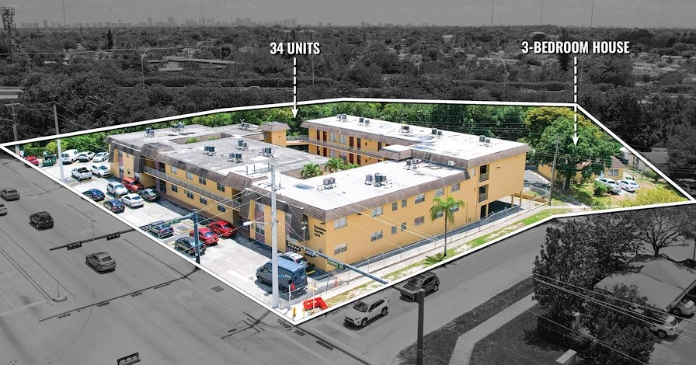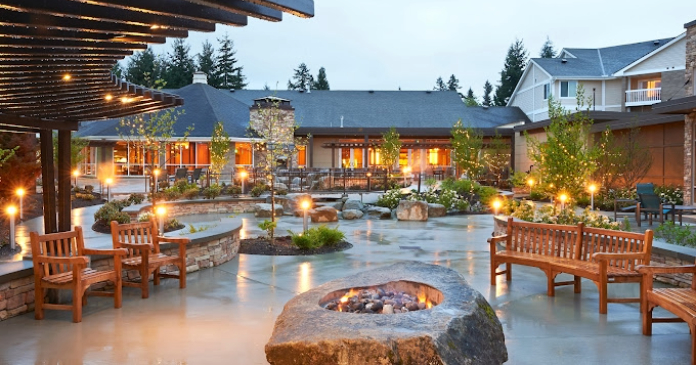Many federal regulations are like weeds growing in the Washington swamp. If left untended, the landscape becomes overgrown, preventing progress and innovation from taking root in our society. And just like pulling weeds in a garden, you don’t always notice the fruit of your labor until you back up and look at the bigger picture.
From the moment he took office, President Trump made it unequivocally clear to his Cabinet that one of our primary jobs was to till the federal regulatory landscape by weeding out obsolete regulations that stifle innovation or unnecessarily restrict rights. And, we are succeeding.
Over the last three and a half years, President Trump and all of us in his Cabinet have been hard at work, and when you step back and look at the Administration’s robust and unparalleled efforts to tend the regulatory landscape, Americans will reap the benefits of reduced regulatory burdens. Let’s look at my department.
As HUD Secretary, I have traveled across the nation and seen firsthand the adverse consequences overregulation has thrust upon our nation’s families and businesses. The negative impact it has had on religious nonprofits and shelter providers. And, the chilling effect on the development of affordable housing. The President saw this too, and we immediately got to work.
Take, for instance, the Condominium Approval Regulation and corresponding guidance we published in 2019 that replaced an inflexible and overly burdensome process for approving condominium projects for FHA insurance. First-time homebuyers often view condos as an affordable way to enter the market, and they had effectively been shut out by FHA during the previous Administration. Now, thousands of condo units—and the accompanying opportunity to build wealth—have become available to American families in areas across the country.
HUD has also looked to manufactured housing as another source of affordable housing that could be stimulated by reducing regulatory burdens. Today, 22 million Americans live in manufactured homes. Over the past decade, we have seen major advancements in building technologies, but the last Administration had not kept pace with updating manufactured housing construction standards to allow for this innovation. By proposing necessary and long-overdue updates to the so-called HUD code for manufactured housing, we are aligning federal standards with current practices, expanding the potential for manufactured housing as a financially viable option for families.
In an effort to reduce bureaucratic processes that delay the use of HUD assistance, the Agency will soon propose a complete revision to HUD’s environmental review regulations. The proposed changes will be the first in over 20 years and will positively impact all HUD programs – from multifamily development to affordable housing nationwide. The reform will remove duplicative reviews, simplify compliance, and allow assistance to be utilized more quickly and efficiently. This streamline seeks to ensure that HUD and its stakeholders meet the statutory requirements for environmental review, but do not add any unnecessary burdens that negatively impact the ability of HUD to achieve its mission.
Since taking the helm of HUD, there is a laundry list of 2,800 old and outdated “sub-regulatory guidance documents”—a swamp term for a government opinion that sometimes serves as a de facto rule—that we have completely removed because creating law is not a job for unelected Washington bureaucrats. It is the role of the Congress.
Regulatory cleanup may not always get the media attention it deserves, but it is proving to have a lasting impact on our nation. However, as with any garden, we need to continually and vigilantly prune our regulatory landscape to ensure it isn’t overgrown. Thanks to President Trump’s leadership and steadfast direction, future generations of Americans will benefit from a federal government that allows them to grow and prosper, too.
Dr. Ben Carson is secretary, U.S. Department of Housing and Urban Development.













